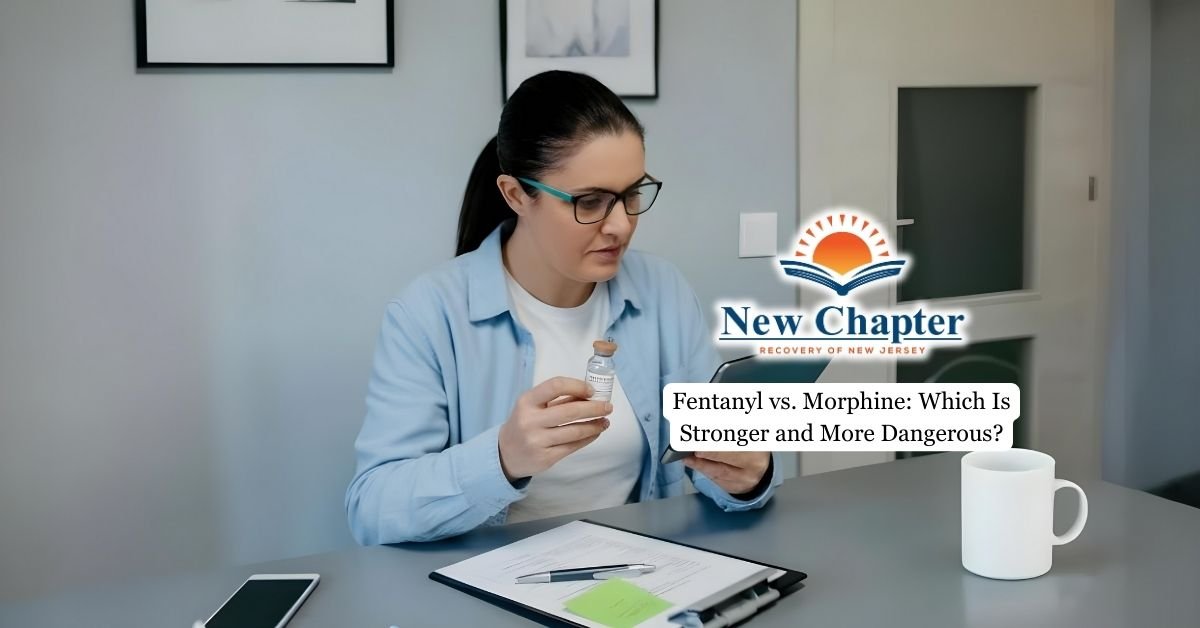Withdrawal symptoms can range from mild discomfort to severe physical and psychological distress, often including muscle aches, nausea, anxiety, and insomnia. While opioid withdrawal is rarely life-threatening, the intense cravings and discomfort can lead to relapse if not properly managed. Seeking medical supervision, medication-assisted treatment (MAT), and emotional support can significantly ease the withdrawal process and improve the chances of successful recovery.

Opioid Withdrawal Onset
The onset of opioid withdrawal symptoms varies depending on the type of opioid used, with short-acting opioids typically leading to symptoms sooner than long-acting opioids.
Factors including dosage, frequency of use, and individual metabolism can also impact when withdrawal symptoms begin. Understanding these variables can help in anticipating the onset of withdrawal and preparing for symptom management.
Seeking guidance from healthcare professionals during this phase can offer support and assistance in navigating the withdrawal process more comfortably and safely. Learn more about our opioid addiction treatment program in NJ for more information.
Duration of Symptoms
The duration of opioid withdrawal symptoms can vary depending on the specific opioid used and individual factors. Generally, opioid withdrawal lasts between 5 days to 2 weeks.
Heroin withdrawal symptoms typically peak within 1-3 days after the last use, while short-acting opioids like oxycodone may lead to a 7-10 day withdrawal period. On the other hand, long-acting opioids such as methadone can result in symptoms persisting for 14 days or more.
The severity of symptoms during this period can be challenging to cope with. Seeking medical support and guidance is recommended to help manage opioid withdrawal symptoms more effectively and comfortably.
Read more on How long opioids stay in your system.
Duration and Peak Withdrawal Period
For heroin users, withdrawal symptoms typically peak between 1 to 3 days after the last dose. Short-acting opioids, such as oxycodone or hydrocodone, generally cause withdrawal symptoms that last around 7 to 10 days, while long-acting opioids like methadone or fentanyl can result in a prolonged withdrawal period of 14 days or more.
Symptoms often begin within 8 to 24 hours after the last use and can persist anywhere from 5 days to 2 weeks, depending on individual factors and the specific opioid involved. The severity of withdrawal varies, with some individuals experiencing more intense physical and psychological distress. Seeking medical supervision during this stage can help manage symptoms effectively and reduce the risk of complications.

Withdrawal From Short-Acting Opioids
Withdrawal from short-acting opioids, such as heroin, typically leads to peak symptoms within 1-3 days after the last dose. Symptoms may include intense cravings, muscle aches, anxiety, and insomnia, lasting approximately 7-10 days.
Short-acting opioids like heroin are associated with a more abrupt onset of withdrawal symptoms compared to long-acting opioids. Factors such as individual metabolism and usage patterns can influence the duration of withdrawal.
Medically supervised detox can provide necessary support for a safer and more comfortable withdrawal process. Professional guidance is essential for managing the challenges of short-acting opioid withdrawal effectively.
Managing Long-Acting Opioid Withdrawal
When addressing long-acting opioid withdrawal, a gradual tapering approach under medical supervision is recommended to effectively alleviate prolonged symptoms. Withdrawal symptoms from long-acting opioids can persist for 14 days or more, emphasizing the need for a slow tapering process.
This method can help lessen the severity and duration of withdrawal symptoms associated with these medications. Medical oversight is crucial during this period to monitor progress, adjust tapering schedules as necessary, and offer support. Collaborating with healthcare professionals facilitates a safer and more comfortable management of long-acting opioid withdrawal.
Seeking assistance from healthcare providers and loved ones plays a significant role in navigating the challenges of withdrawing from long-acting opioids.
Final Thoughts From New Chapter Recovery on Opioid Withdrawal Duration
Overall, the duration of opioid withdrawal can vary depending on the type of opioid used, with heroin withdrawal typically lasting 5-7 days. Long-acting opioids like methadone can potentially lead to symptoms lasting 14 days or more.
Seeking medical support during this challenging time is essential for effectively managing withdrawal symptoms and ensuring a safe and successful recovery process.
Remember, you don’t have to go through this alone – help is available.
Frequently Asked Questions
What are the first signs that opioid withdrawal is beginning?
The earliest signs of opioid withdrawal typically appear 6 to 24 hours after the last dose, depending on the type of opioid used. Common early symptoms include anxiety, restlessness, muscle aches, sweating, and excessive yawning. These symptoms gradually intensify, leading to more severe discomfort as withdrawal progresses.
What are the most effective home remedies for managing opioid withdrawal?
While medical supervision is recommended, some home remedies can help ease withdrawal symptoms. Staying hydrated, eating nutrient-rich foods, and practicing gentle exercise or stretching can help reduce discomfort. Additionally, warm baths, deep breathing exercises, and over-the-counter pain relievers may provide relief from muscle aches and flu-like symptoms.
How does opioid withdrawal compare to withdrawal from other substances?
Opioid withdrawal is intensely uncomfortable but rarely life-threatening, unlike alcohol or benzodiazepine withdrawal, which can cause dangerous seizures. Symptoms of opioid withdrawal resemble a severe flu, with nausea, vomiting, body aches, and intense cravings. While opioid withdrawal is primarily physical, depression and anxiety can persist long after acute symptoms subside, making relapse prevention crucial.
Does the method of opioid use (pill, injection, patch) affect the withdrawal process?
Yes, the method of opioid use influences the onset, intensity, and duration of withdrawal symptoms. Injected or smoked opioids (like heroin) lead to faster, more intense withdrawal, while oral opioids (like oxycodone) cause a slower onset of symptoms. Extended-release patches or long-acting opioids (like fentanyl or methadone) result in a longer withdrawal period, sometimes lasting several weeks.






